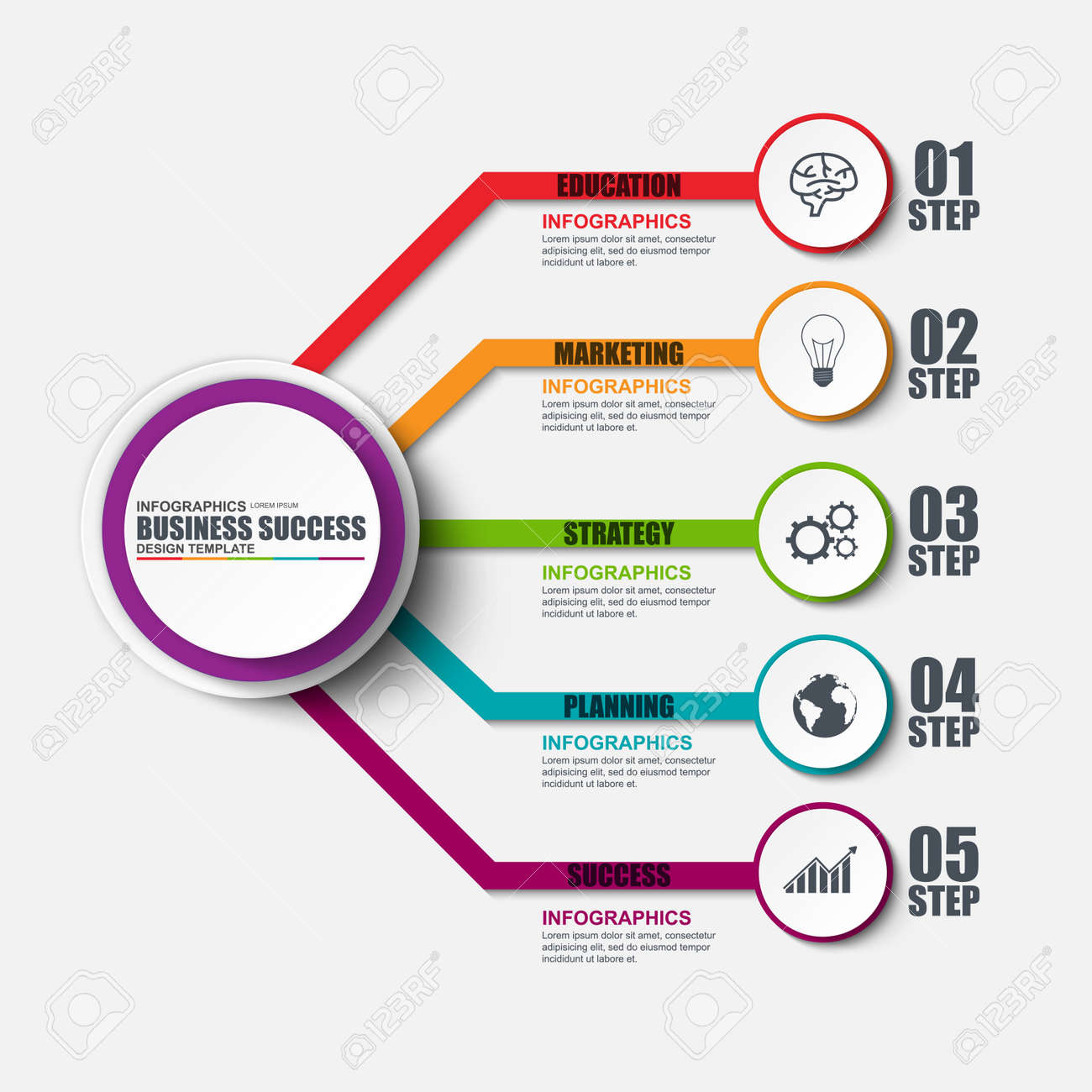Prepare Yourself To Journey Through Time And Find Exactly How Web Sites Have Actually Come To Be Extra Advanced, Straightforward, And Aesthetically Magnificent
Prepare Yourself To Journey Through Time And Find Exactly How Web Sites Have Actually Come To Be Extra Advanced, Straightforward, And Aesthetically Magnificent
Blog Article
Web Content Writer-Rasmussen Lunde
In the past, websites were simple and concentrated on info. Navigation was direct, and design was for desktop computers. Currently, individual experience is vital. Information overviews designs for simple navigating. Responsive layouts fit various gadgets. Today, dark mode minimizes strain, and minimal food selections enhance navigation. Interactive features involve customers, and strong visuals attract attention. AI combination boosts engagement. See just how layout has advanced to enhance your on-line journey.
Early Days of Web Design
In the early days of web design, simplicity preponderated. Web sites were basic, with minimal shades, typefaces, and formats. The focus was on providing details as opposed to showy visuals. Users accessed the web via slow dial-up links, so speed and performance were key.
Navigation menus were straightforward, generally located at the top or side of the web page. Websites were designed for computer, as mobile surfing wasn't yet common. Web content was king, and designers prioritized easy readability over intricate layout elements.
HTML was the main coding language made use of, and designers had to function within its restraints. Computer animations and interactive attributes were minimal contrasted to today's criteria. Sites were static, with little vibrant content or individualized individual experiences.
Surge of User-Focused Style
With the advancement of internet site layout, a shift in the direction of user-focused layout principles has actually become significantly prominent. Today, producing sites that focus on user experience is critical for engaging visitors and attaining service goals. visit this page -focused design involves understanding the requirements, preferences, and actions of your target audience to customize the web site's design, web content, and features accordingly.
Developers currently perform extensive study, such as user studies and use screening, to gather insights and responses directly from customers. This data-driven strategy assists in developing user-friendly navigating, clear calls-to-action, and aesthetically attractive user interfaces that resonate with visitors. By placing the customer at the center of the layout process, websites can deliver a much more customized and enjoyable experience.
Responsive layout has likewise emerged as a key facet of user-focused design, guaranteeing that sites are maximized for different gadgets and screen sizes. This adaptability enhances accessibility and use, satisfying the varied means customers interact with web sites today. In essence, the rise of user-focused style represents a shift towards developing digital experiences that prioritize the needs and expectations of the end user.
Modern Trends in Web Design
Discover the most recent patterns forming web design today. One noticeable pattern is dark mode design, using a streamlined and modern appearance while reducing eye stress in low-light environments. Another crucial pattern is minimal navigating, streamlining menus and boosting customer experience by concentrating on essential elements. Including micro-interactions, such as animated buttons or scrolling effects, can produce a more interesting and interactive website. Receptive layout continues to be important, making certain seamless user experiences across different devices. Additionally, making use of vibrant typography and asymmetrical layouts can add visual rate of interest and accentuate specific content.
Integrating AI innovation, like chatbots for client support or tailored recommendations, improves individual involvement and simplifies procedures. Access has likewise come to be a substantial trend, with developers prioritizing inclusive style techniques to deal with diverse customer demands. Embracing sustainability by optimizing website performance for rate and performance is an additional arising trend in web design. Working together with customer responses and information analytics to repeat and boost layout constantly is necessary for staying pertinent in the ever-evolving digital landscape. By welcoming these contemporary fads, you can create an aesthetically appealing, easy to use site that resonates with your target market.
Final thought
As you review the development of website layout from the early days to currently, you can see exactly how user-focused layout has actually ended up being the driving pressure behind contemporary fads.
Embrace the journey of change and adaptation in website design, always maintaining the individual experience at the center.
Tippingpointdigital
Keep existing with the most up to date patterns and innovations, and never quit evolving your strategy to create aesthetically spectacular and easy to use internet sites.
Advance, adjust, and produce - the future of website design is in your hands.
